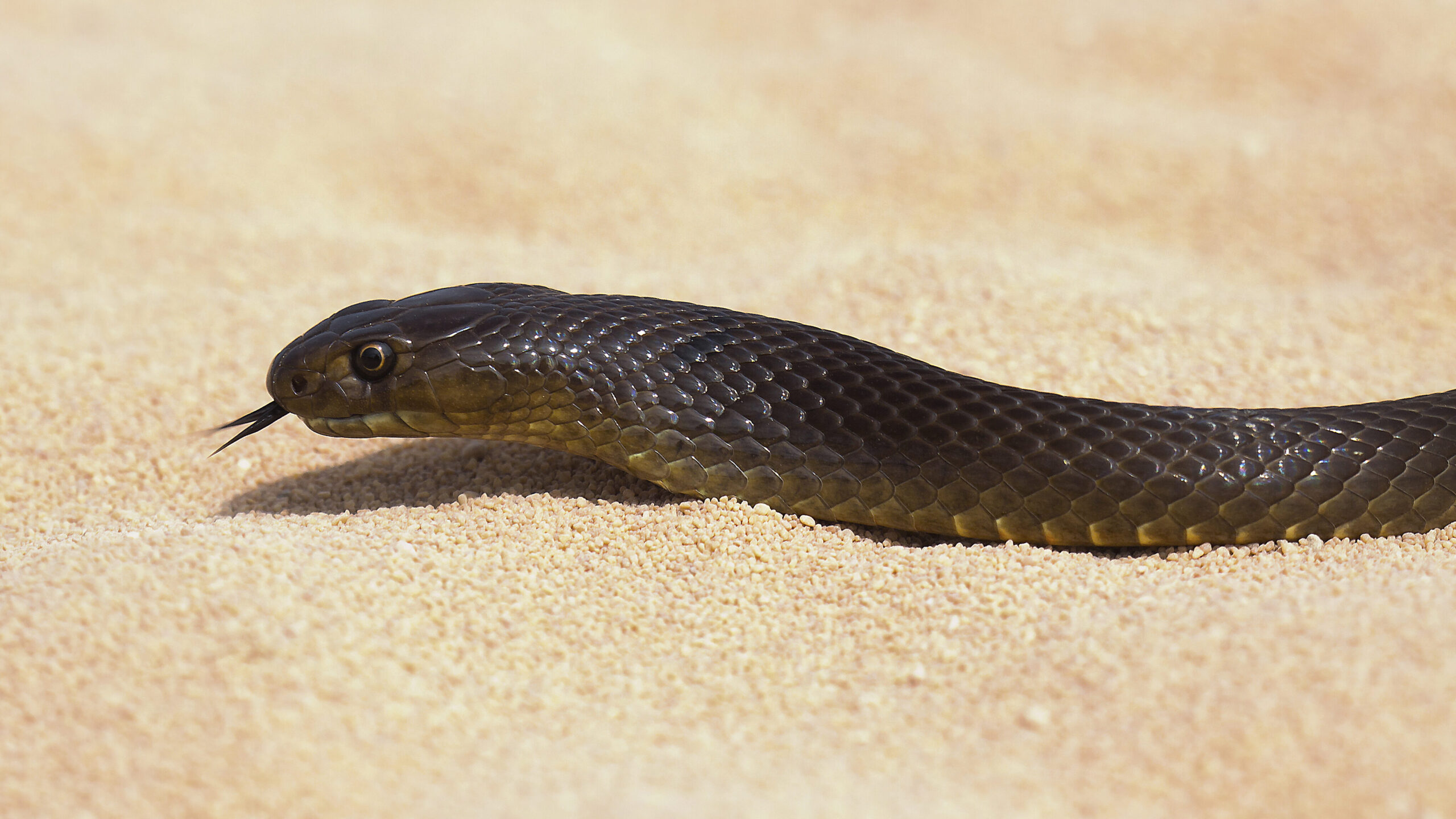Introduction
When it involves the remarkable globe of snakes, couple of types record the imagination fairly like the child tiger snake. Understood for their distinctive coloration and potent poison, these snakes are an integral component of Australia's distinct ecosystem. In this thorough write-up, we will explore numerous facets of child tiger serpents, including their behavior, environment, and exactly how to securely interact with them. Whether you're a wildlife fanatic or merely curious about these creatures, recognizing child tiger serpents can Yellow belly Tree Snake assist promote a much deeper appreciation for nature.

Baby Tiger Snakes: What You Required to Understand About Their Behavior and Habitat
What Are Baby Tiger Snakes?
Baby tiger snakes are adolescent kinds of the extremely poisonous types recognized scientifically as Notechis scutatus These serpents are mainly found in coastal regions of Australia, especially in Tasmania and southerly Victoria. As they grow, their coloration adjustments from an extra soft combination to the particular yellow and black bands that give them their name.
One remarkable element of child tiger snakes is their size; hatchlings normally gauge around 25-30 centimeters in size. Regardless of their tiny stature, they possess a shocking amount of poison that can be destructive to humans if bitten.
Physical Characteristics
Tiger serpents possess numerous essential physical attributes:
- Coloration: The distinctive banding pattern typically comes to be more noticable as they mature. Size: Grownups can reach lengths of approximately 2 meters. Body Shape: They have a robust body that aids in swimming and earthbound movement.
Where Do Infant Tiger Snakes Live? Comprehending Their Habitat
Understanding the environment preferences of baby tiger serpents is crucial for both preservation initiatives and public safety and security. These snakes grow in numerous atmospheres:
- Wetlands: Marshes and swamps provide ample hunting grounds. Coastal Regions: Often located near coastlines where they can hunt for prey. Woodlands: Dense plants supplies cover from predators.
Geographical Distribution
Tiger serpents are primarily found along Australia's southern coast, consisting of:
- Tasmania: Home to among the most well-known populations. Victoria: Especially in areas near water bodies.
Are Tiger Snakes Venomous? A Deep Study Their Venom
One usual question arises when talking about baby tiger serpents: "Are tiger snakes poisonous?" The answer is a definite yes!

Venom Composition
The poison of tiger serpents has neurotoxins that can trigger paralysis, coagulopathy (blood clotting issues), and possibly fatality if untreated. Here's what you need to know:
- Effects on Humans: A bite from a tiger snake can result in symptoms like swelling, pain at the bite website, nausea, and also respiratory failure.
Comparison with Various other Venomous Snakes
In comparison to various other Australian serpents such as the eastern brown serpent or king brownish serpent, tiger snake venom is considered among the most potent. Nevertheless, fatalities are uncommon as a result of better clinical treatments and accessibility to antivenom.
Behavioral Patterns of Baby Tiger Snakes
Understanding just how infant tiger serpents act is important for those that reside in or check out areas where these reptiles are prevalent.
Nocturnal Habits
Most infant tiger snakes show nocturnal behavior. They often tend to forage for food throughout cooler night temperature levels. This flexibility helps them prevent predators while improving their searching efficiency.
Hunting Techniques
Their hunting techniques include:
- Ambush Predation: Waiting motionless until target comes close. Active Foraging: Proactively moving via plants or along waterways trying to find food.
First Help for Snake Bites: What You Should Know
Despite being remarkable creatures, experiences with infant tiger serpents can cause hazardous circumstances if bites take place. Understanding first aid treatments can conserve lives.
Immediate Steps After a Bite
Remain calmness; panic enhances heart rate. Immobilize the influenced arm or leg using a splint or bandage. Seek prompt clinical attention-- antivenom may be necessary.Creating a Serpent Bite Emergency Treatment Kit
A well-prepared first aid kit ought to consist of:
|Item|Objective|| ------------------------------|--------------------------------------|| Compression bandage|To debilitate the limb|| Splint|Maintains busted bones or joints|| Antihistamines|Reduces allergic reactions|| Emergency get in touch with numbers|Quick gain access to during emergencies|
Common Misconceptions Concerning Tiger Snakes Debunked
Many myths border these appealing reptiles; allow's clear up some misunderstandings typically held by people.
Myth # 1: All Tiger Snakes Are Aggressive
While some individuals may display protective actions when intimidated, not all tiger snakes screen hostility towards people unless provoked.
Myth # 2: Infant Tiger Snakes Are Less Harmful Than Adults
This myth could not be further from the fact! Child tiger serpents contain nearly as much poison as grownups relative to their size; hence Venom spread restriction they pose significant threats if bitten.
FAQs About Baby Tiger Snakes
What do infant tiger snakes eat?- They largely take in small mammals, birds, frogs, and fish.
- Look for slim bodies with faint banding patterns that come to be a lot more obvious as they mature.
- Yes! Birds of prey and larger reptiles might target them.
- Typically every couple of weeks as they proliferate throughout their very early life stages.
- While some individuals do maintain them unlawfully without licenses as a result of their harmful nature; it's generally not suggested provided their poisonous status.
- With punctual clinical therapy-- including antivenom-- the survival price is high!
Conclusion
In summary, comprehending child tiger snakes-- what they consume, where they live, just how they act-- can equip us with useful understanding regarding these impressive yet hazardous animals. The value of education surrounding first aid actions can not be overstated; recognizing how to react effectively after a bite can conserve lives while cultivating respect for our crawling next-door neighbors within Australia's abundant biodiversity spectrum.
By appreciating these serpents' roles within ecosystems-- are golden crowned snakes venomous and identifying prospective threats-- we promote conjunction rather than fear-based reactions towards each other's presence in nature's grand tapestry! Whether you're a devoted hiker pondering your next journey or simply curious about regional wildlife experiences near home-- this guide serves as your relied on referral point on the enigmatic world occupied by our close friends-- the amazing baby tiger snake!